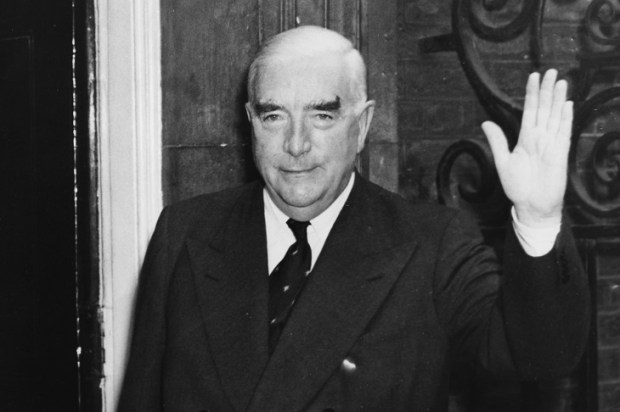In 1964, Andy Warhol staged a major exhibition at the Stable Gallery, New York. Among the objects on display were his Brillo boxes; wooden sculptures that replicated exactly the cardboard packaging used to contain this ubiquitous household product. Although most of the viewing public at the time were predictably bemused, Brillo boxes triggered an epiphany for the late American art critic and analytical philosopher, Arthur C.
Already a subscriber? Log in
Subscribe for just $2 a week
Try a month of The Spectator Australia absolutely free and without commitment. Not only that but – if you choose to continue – you’ll pay just $2 a week for your first year.
- Unlimited access to spectator.com.au and app
- The weekly edition on the Spectator Australia app
- Spectator podcasts and newsletters
- Full access to spectator.co.uk
Or
Unlock this article
You might disagree with half of it, but you’ll enjoy reading all of it. Try your first month for free, then just $2 a week for the remainder of your first year.













Comments
Don't miss out
Join the conversation with other Spectator Australia readers. Subscribe to leave a comment.
SUBSCRIBEAlready a subscriber? Log in